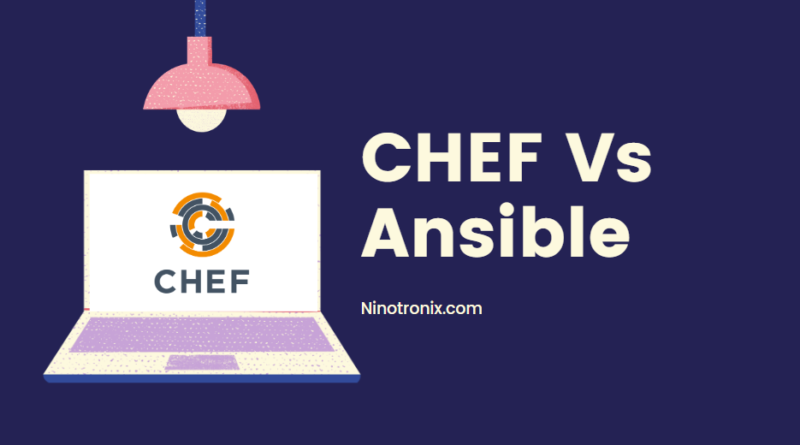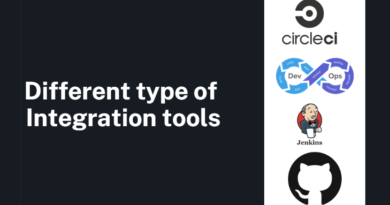How chef is different from ansible
Chef and Ansible are both popular configuration management tools used to automate infrastructure deployment and configuration. However, there are several differences between the two tools:
- Language: Chef is based on Ruby, while Ansible uses a YAML-based language.
- Architecture: Chef follows a client-server architecture, where the Chef server acts as a central repository for cookbooks, while Chef clients run on each node to apply the configuration. On the other hand, Ansible follows a masterless architecture, where the Ansible control node pushes the configuration to the target nodes via SSH.
- Learning curve: Chef has a steeper learning curve compared to Ansible due to its reliance on the Ruby programming language and the need to understand the Chef DSL.
- Scalability: Chef is better suited for large-scale deployments due to its client-server architecture, which allows for centralized management and scalability. Ansible, on the other hand, is better suited for small to medium-sized deployments due to its masterless architecture, which may become cumbersome to manage at scale.
- Operating system support: Chef supports a wide range of operating systems, including Windows, Linux, and Unix, while Ansible focuses mainly on Linux and Unix systems.
- Plugins and integrations: Ansible has a large number of pre-built modules and integrations with other tools, making it easy to extend and customize. Chef also has a good number of plugins and integrations but may require more customization to extend.
In summary, both Chef and Ansible are powerful tools for automating infrastructure management and deployment, and the choice between the two ultimately depends on your specific needs, preferences, and expertise. Chef is better suited for larger, more complex environments and offers greater flexibility and customization, while Ansible is more straightforward to set up and use, making it a good choice for smaller environments or for users who are less experienced with coding or programming languages.




